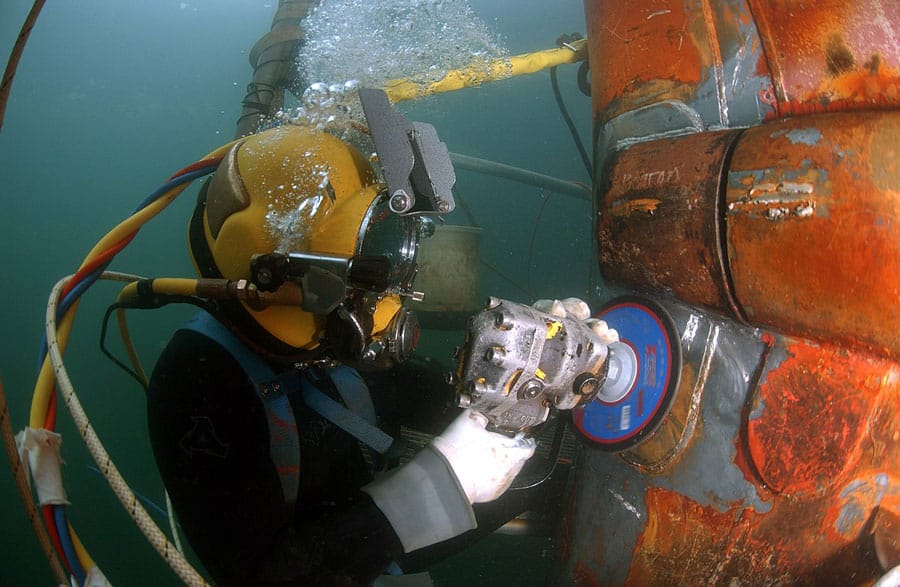Equalizing pressure while diving is essential to prevent ear injuries such as infections or the dreaded barotrauma.
It is a fact: pressure compresses gases. In the body, we have different airspaces. The one in our lungs is compensated by breathing. The other ones in our frontal sinuses, nasal sinuses, and ears are not so easy to compensate, we will see why in today’s article. In addition, we collect the tips offered by PADI and DAN so you won’t have any problems equalizing pressure.
Equalizing Pressure, What Happens in Your Body?
Inside your ears there are air spaces that are only connected to the outside by the Eustachian tubes. These are small ducts that connect the middle ear to the back of the nose and the top of the throat (nasopharynx) and their only function is equalizing pressure.
When we descend, two physical phenomena happen.
- Pressure increases, which causes the air spaces in your ears to become compressed.
- A vacuum is created in the ear canals, which causes the eardrum and the rest of the auditory organs to sag inward and makes us feel that unbearable pain.
All this happens because our Eustachian tubes are closed and do not allow the air, which is in our mouth and nose and has a higher pressure, to pass. What we have to do is to open them consciously. According to DAN, these are the methods you can equalize pressure properly while diving.








